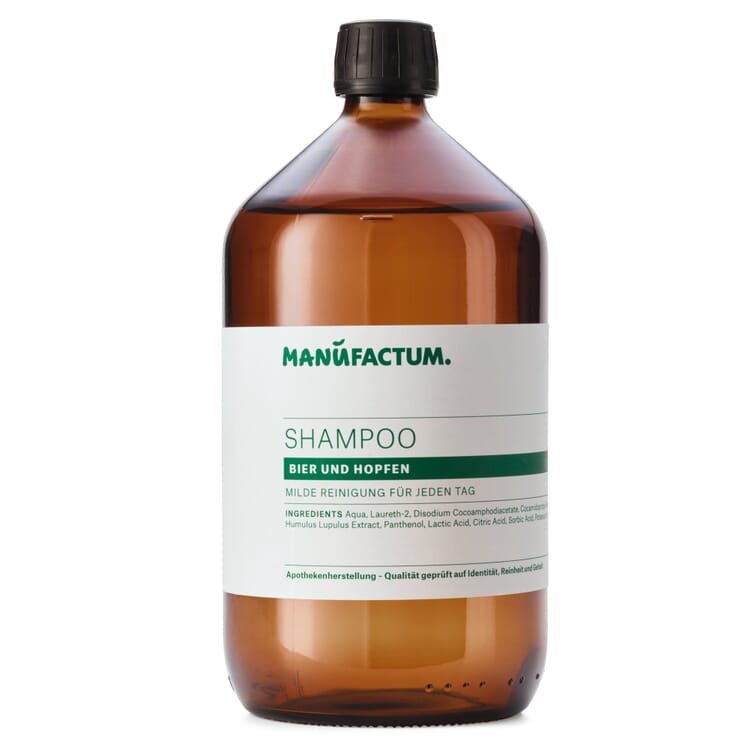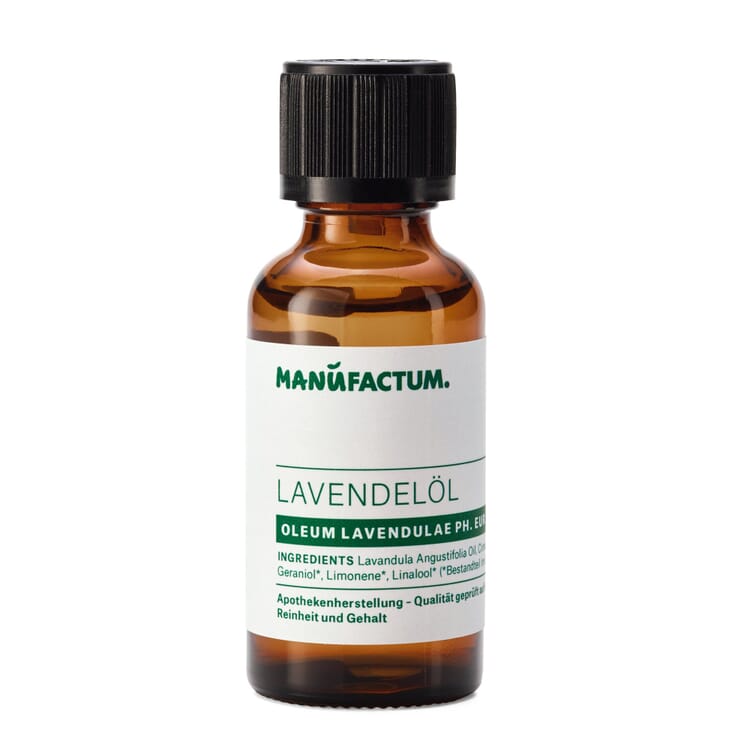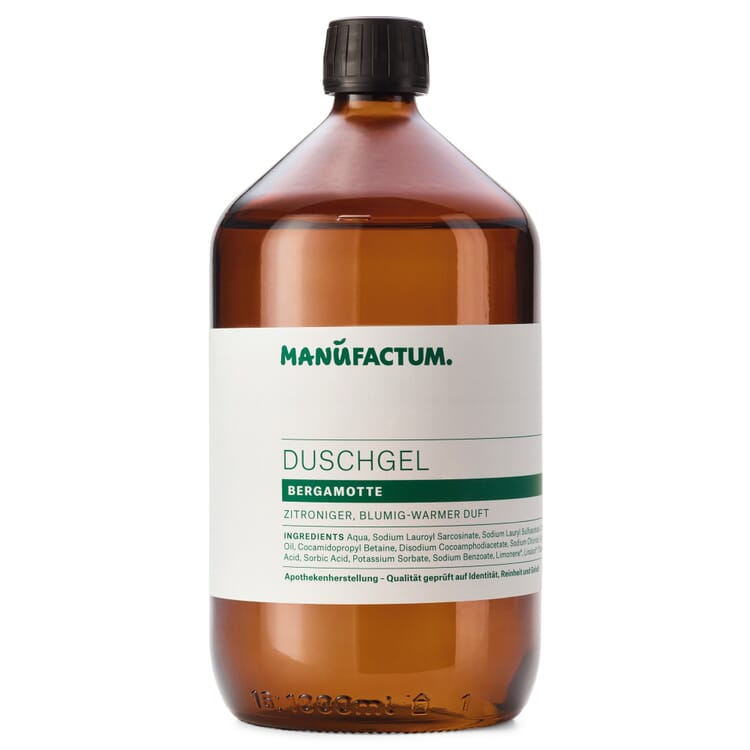- Aloe vera
- Apricot
- Argan tree
- Arnica
- Avocado
- Bay rum tree
- Bergamot orange
- Birch
- Carnauba Palm
- German Chamomile
- Bay laurel
- Common Sage
- Eucalyptus
- Fennel
- Norway spruce
- Clove tree
- Common Nettle
- Hops
- Magnolia
- Iceland moss
- Jojoba
- Coffee tree
- Cacao tree
- Camphor tree
- Shea tree
- Mountain pine
- Lavender
- Macadamia
- Almond Tree
- Lemon balm
- Myrrh
- Olive tree
- Orange tree
- Peppermint
- Calendula
- Rose
- Horse chestnut
- Soybean
- Tea tree
- Black cohosh
- Witch hazel
- Rowanberry
- Castor oil plant
- Lemon
Medicinal plants A|B|C
Horse chestnut (Aesculus hippocastanum)

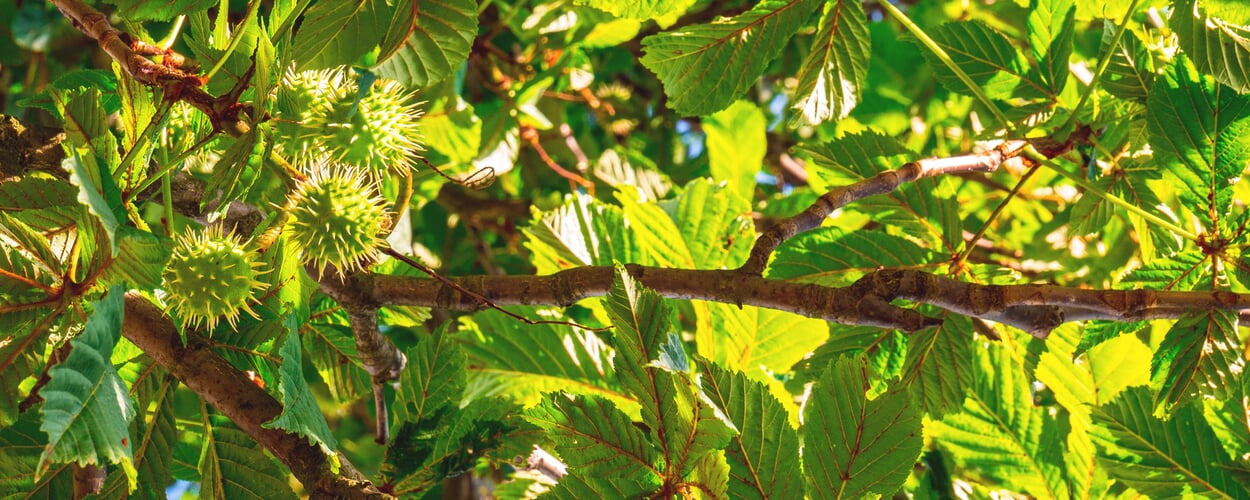
The deciduous tree, which grows up to 35 meters tall, is easily recognized by its palmately divided leaves and the green, soft-spined capsule fruits, which contain one to three shiny braune seeds. The foliage is particularly dense, making the Ross Chestnut a popular shade tree. In May and June, the white flower corollas appear. Yellow sap stains at the base of the flowers indicate to bees and bumblebees that food is waiting for them here, later the sap stains are red - there is no more nectar in these flowers.
Origin and cultivation.
The horse chestnut survived the Ice Age only in two small, separate areas in the Balkans. When the climate became more favorable again, the tree was unable to reconquer its old distribution area on its own - its seeds are too heavy and "immobile". But with the help of man it managed to do so: in 1557 the Turks brought the tree to Constantinople, and from there it conquered the gardens of the European nobility. Today, the horse chestnut dominates many parks, beer gardens and avenues. However, it is hard to find in forests, because it needs a lot of space and light.
Ingredients.
The bark of the horse chestnut is used in folk medicine. Among other things, it contains complex saponin mixtures; one of these, aesculin, intercepts ultraviolet radiation and, as an ingredient in ointments, protects against sunburn. Aescin, also a saponin mixture, is extracted from the seeds. Its vasostrengthening, anticoagulant, anti-inflammatory and draining effects make the chestnutnextract an important drug for vascular diseases - for this reason the horse chestnut was named medicinal plant of the year 2008.
Products with horse chestnut
Use of horse chestnut.


- Aescin makes the vascular walls more impermeable and thus ensures that not too much water reaches the surrounding tissue. In this way, the horse chestnut provides relief for heavy legs and slightly swollen ankles.
- The horse chestnut also brings relief for chronic venous weakness, varicose veins and phlebitis.
- Other areas of application of the chestnutnextrakte are night cramps in the calves and itching.
- The barknextrakt has an overall stimulating effect on blood circulation.
For many years, horse chestnut stands have suffered from the leaf miner moth. The feeding tunnels of the larvae damage the leaves so much that they die prematurely. Then the tree already looks in summer like it does in autumn shortly before the leaves fall. To keep the leaf miner in check, the fallen leaves are collected and burned - and never put on the compost. Natural predators of the leaf miner are the tits, which have learned to pick the larvae out of their tunnels.
Exclusive Manufactum body care products
Recommended Topics

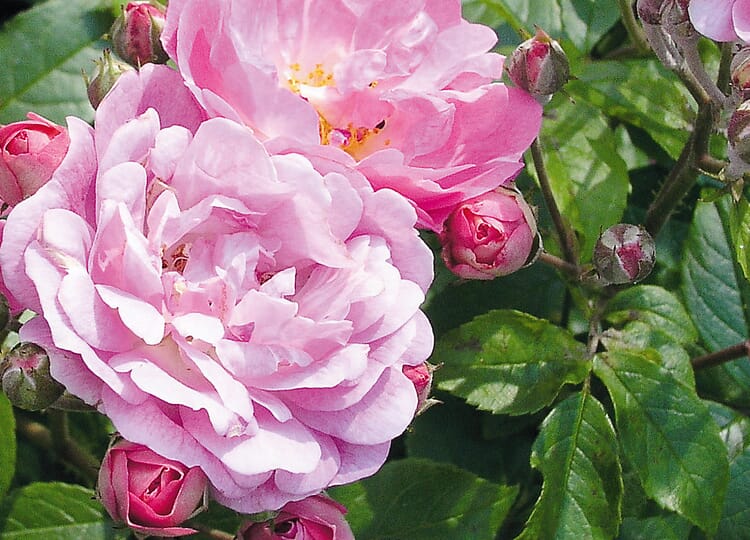
There are 100 to 250 species of wild roses in the temperate latitudes of the northern hemisphere, and many of them have once again produced countless varieties through breeding. All rose species produce rose hips - but only if bees and other insects were able to find the center of the blossom beforehand and their path was not blocked, as is the case with cultivars with densely filled blossoms.
View more
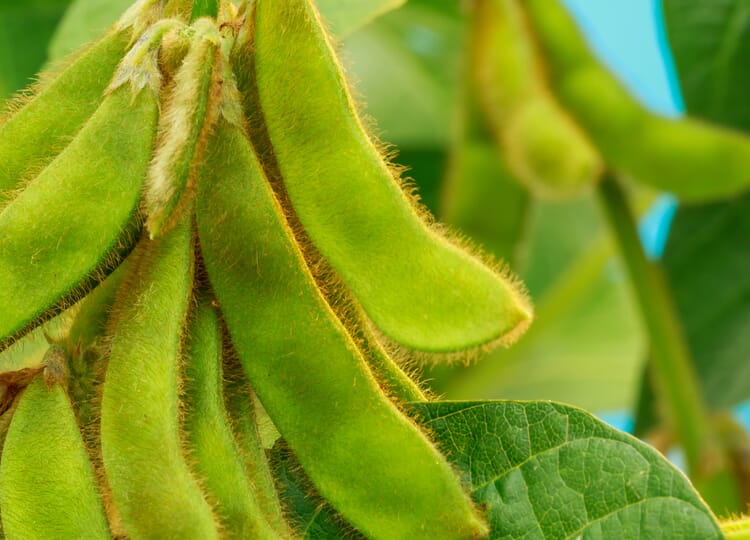
Like all bean species, the soybean belongs to the butterfly family; its inconspicuous flowers give rise to pods, each containing two to six soybeans. Most varieties reach barely one meter in height, but their root system reaches a depth of 1.5 meters. Because they can absorb nitrogen from the air via their roots, which are colonized by nodule bacteria, they also grow in nutrient-poor soils.
View more
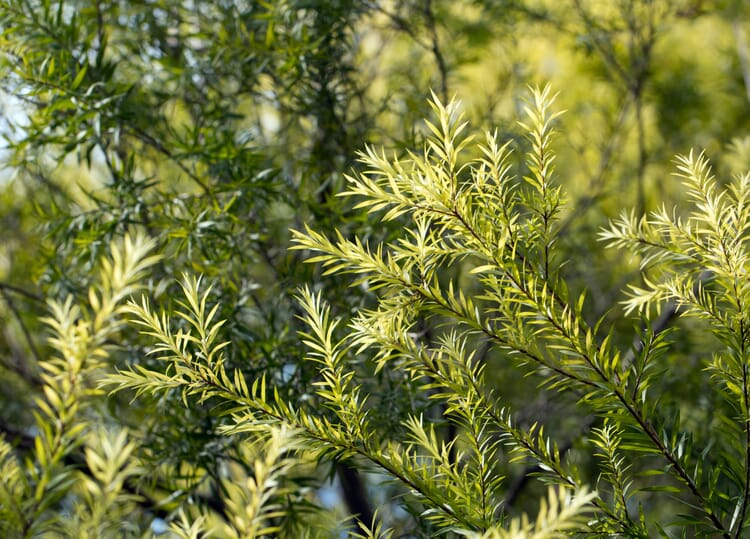
On James Cook's South Seas expedition of 1770, the crew is said to have missed their tea and, without further ado, learned from the Aborigines how to brew a drink from certain leaves. The traveling botanist Joseph Banks gave the plant, which grows as a tree or shrub, its name: Tea Tree. The strikingly long stamens of its white flowers give it a puffy appearance at flowering time.
View more


